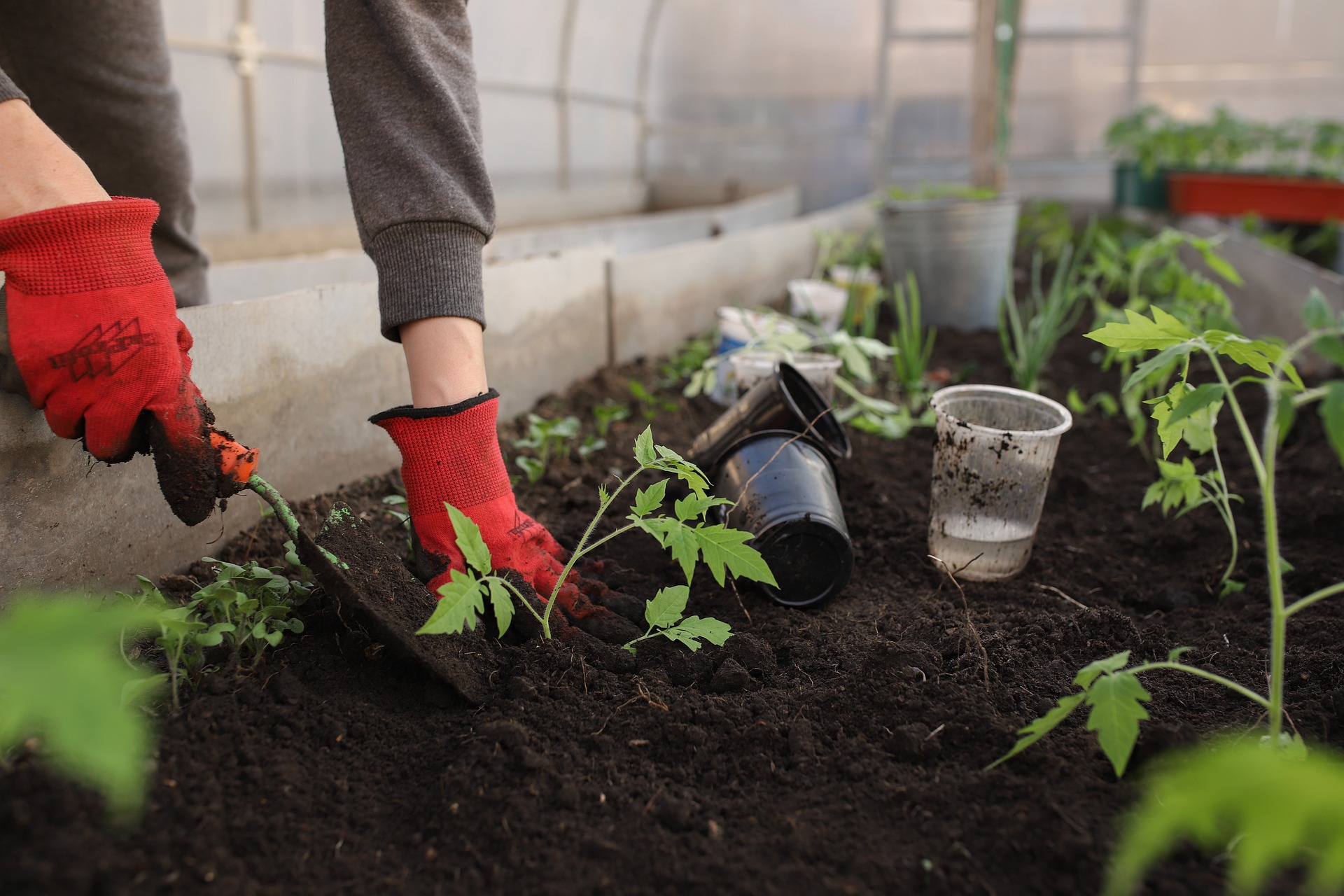Unlocking the Power of Greenhouse Gardening: A Comprehensive Guide
Greenhouse gardening has revolutionized the way we cultivate plants, offering gardeners the ability to grow year-round and create optimal conditions for a wide variety of crops. This article delves into the world of greenhouse gardening, exploring its benefits, essential setup tips, ideal plants, and eco-friendly practices that can help both beginners and experts maximize their growing potential.

How Does a Greenhouse Extend Your Gardening Season?
One of the primary advantages of using a greenhouse is the ability to extend your growing season significantly. By creating a controlled environment, greenhouses protect plants from harsh weather conditions, allowing gardeners to start earlier in the spring and continue well into the fall or even winter. This microclimate enables you to grow heat-loving plants in cooler regions and maintain a steady harvest throughout the year.
Greenhouses trap solar radiation, warming the interior and providing a stable temperature for plant growth. This heat retention is particularly beneficial for starting seedlings earlier than outdoor planting would allow. Additionally, the enclosed space protects plants from frost, allowing gardeners to push the boundaries of traditional growing seasons and potentially enjoy fresh produce year-round.
What Are the Essential Tips for Setting Up a Greenhouse?
Setting up a greenhouse requires careful planning and consideration of several factors to ensure optimal growing conditions. First, choose a location that receives ample sunlight, ideally with southern exposure. Proper ventilation is crucial to regulate temperature and humidity, so invest in adjustable vents or fans to maintain air circulation.
Insulation plays a vital role in temperature control. Consider using double-layered polycarbonate panels or adding bubble wrap to glass panels for improved heat retention. Implement a reliable watering system, such as drip irrigation or self-watering containers, to maintain consistent moisture levels. Lastly, organize your greenhouse with adjustable shelving and benches to maximize space and accommodate plants of various sizes.
Which Plants Thrive Best in a Greenhouse Environment?
Greenhouses offer an ideal environment for a wide range of plants, from delicate exotics to everyday vegetables. For beginners, start with easy-to-grow crops like tomatoes, cucumbers, and peppers, which benefit from the extended growing season and controlled climate. Leafy greens such as lettuce, spinach, and kale also flourish in greenhouse conditions, providing a continuous harvest.
For more experienced gardeners, a greenhouse opens up possibilities for growing tropical plants and fruit trees that may not survive in your local climate. Citrus trees, figs, and even bananas can thrive in a well-maintained greenhouse. Herbs like basil, cilantro, and parsley are excellent choices for year-round cultivation, while orchids and other exotic flowers can add beauty and diversity to your greenhouse garden.
How Do Greenhouses Enhance Plant Health and Yield?
Greenhouses significantly improve plant health and yield by providing a controlled environment that minimizes stress factors. The protected space reduces the risk of pest infestations and diseases that commonly affect outdoor plants. This controlled setting allows for precise management of temperature, humidity, and watering, creating optimal conditions for photosynthesis and growth.
The consistent climate in a greenhouse promotes stronger root development and faster growth rates. Plants can focus their energy on producing fruit or flowers rather than defending against environmental stressors. Additionally, the ability to control pollination and extend the growing season often results in higher yields and multiple harvests throughout the year.
What Are Some Energy-Efficient and Eco-Friendly Greenhouse Practices?
Implementing energy-efficient and eco-friendly practices in greenhouse gardening is essential for sustainability and cost-effectiveness. Start by maximizing natural light and heat retention through proper orientation and insulation. Consider using solar panels to power lighting and ventilation systems, reducing reliance on grid electricity.
Rainwater harvesting systems can significantly decrease water consumption, while composting within or near the greenhouse provides a sustainable source of nutrients for plants. Utilize organic pest control methods, such as introducing beneficial insects or using neem oil, to maintain a chemical-free environment. Lastly, consider incorporating thermal mass elements, like water barrels or stone pathways, to absorb heat during the day and release it at night, maintaining more stable temperatures.
What Are the Cost Considerations for Setting Up a Greenhouse?
Setting up a greenhouse involves various costs depending on size, materials, and features. Here’s a breakdown of typical expenses:
| Item | Description | Estimated Cost Range |
|---|---|---|
| Structure | Frame and covering materials | $500 - $5,000+ |
| Ventilation | Fans, vents, or automatic systems | $100 - $500 |
| Heating | Heaters or heating mats | $50 - $500 |
| Irrigation | Watering system and controls | $100 - $1,000 |
| Shelving/Benches | Plant support and organization | $100 - $1,000 |
| Soil and Containers | Growing medium and pots | $50 - $300 |
| Lighting (if needed) | Supplemental grow lights | $100 - $500 |
Prices, rates, or cost estimates mentioned in this article are based on the latest available information but may change over time. Independent research is advised before making financial decisions.
The initial investment in a greenhouse can vary widely, from a few hundred dollars for a small DIY kit to several thousand for a large, professionally installed structure. However, the long-term benefits of extended growing seasons, increased yields, and potential energy savings can offset these costs over time.
Greenhouse gardening offers a wealth of benefits for both novice and experienced gardeners. By extending the growing season, providing optimal conditions for plant growth, and allowing for eco-friendly cultivation practices, greenhouses open up new possibilities for year-round gardening. With careful planning and implementation of energy-efficient techniques, a greenhouse can become a valuable addition to any garden, yielding bountiful harvests and creating a thriving ecosystem for plants to flourish.




